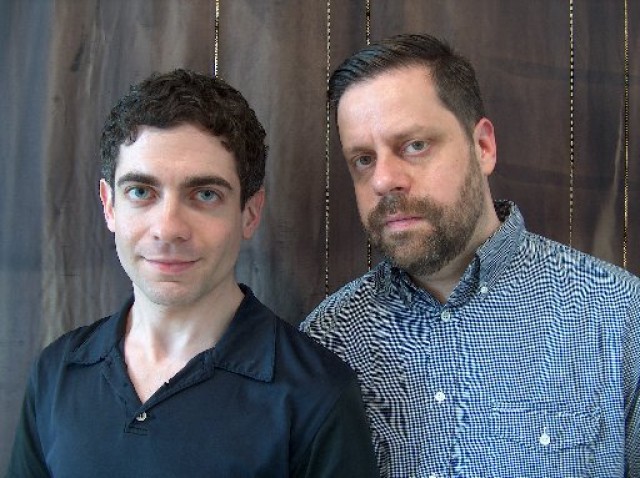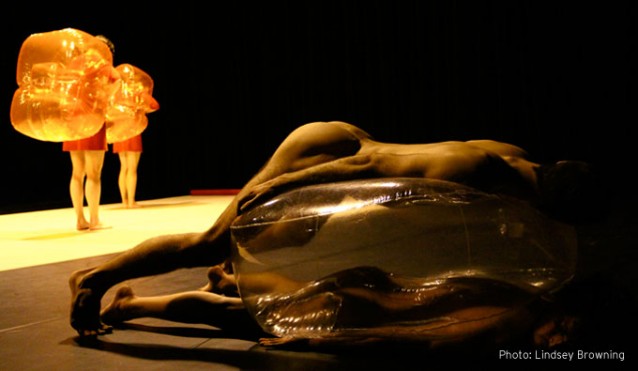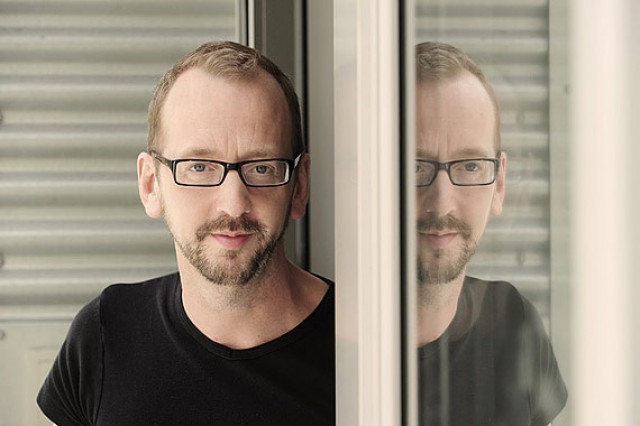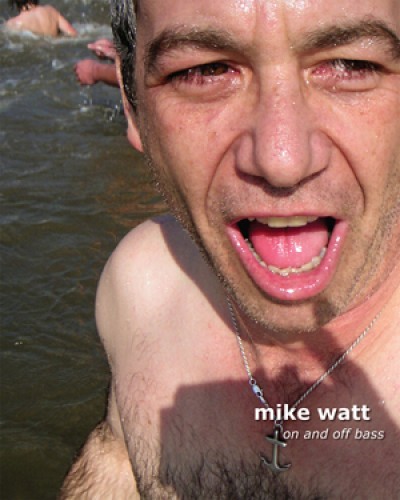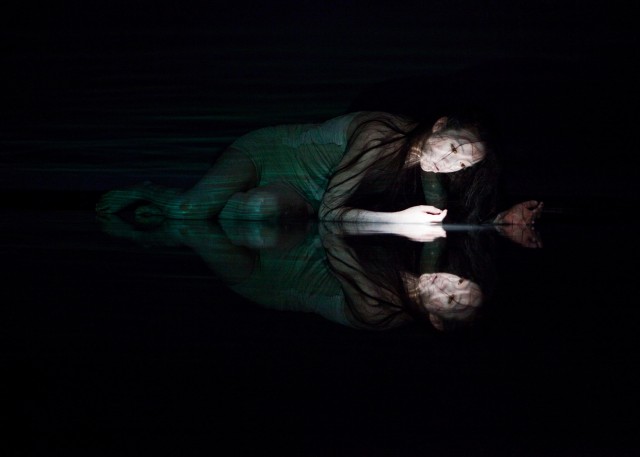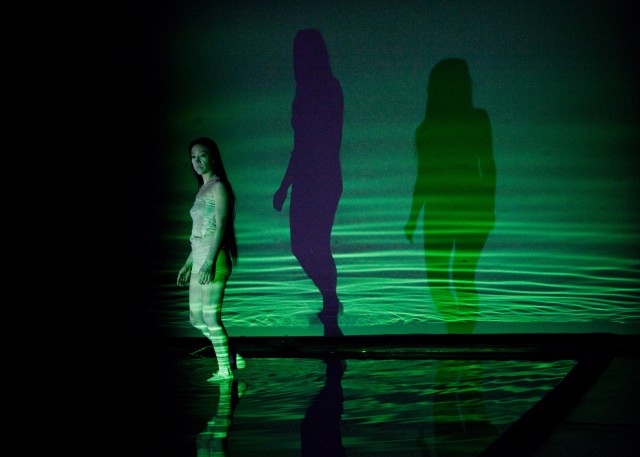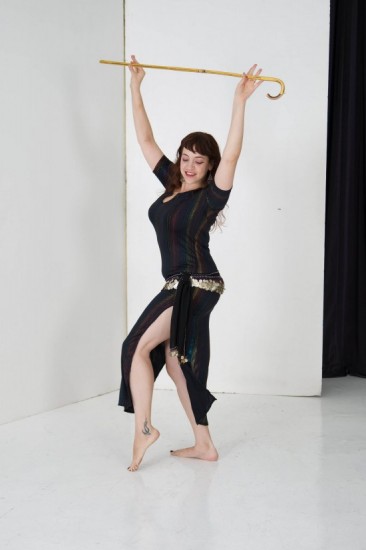The Lounge at Dixon Place
161A Chrystie St. between Rivington & Delancey Sts.
Friday, June 8, free, 9:30
212-219-0736
www.dixonplace.org
Last Friday night, Raquel Cion packed the Lounge at Dixon Place for her latest show, Gilding the Lonely, billed as “An Evening of Cabaret” that explores being single in the big city. Accompanied by 3 Teens Kill 4 drummer Bill Gerstel and downtown pianist Lance Cruce, Cion, wearing a dazzling, form-fitting gown designed by David Quinn, goes through a repertoire of carefully chosen, mostly deep-cut ballads by David Bowie, Prince, the Rolling Stones, and Dwight Yoakam (!) while sharing personal stories about dating actors, being scarred for life by The Giving Tree, and needing to replace a lightbulb. Cion will be back at Dixon Place on June 8 at 9:30 for an encore presentation of Gilding the Lonely; get there early if you want to grab a seat.
twi-ny: You played to a packed house last Friday. Are you happy with how things went?
Raquel Cion: Very much so! It was a blast. The audience was so present. The Lounge at Dixon Place is such a great place to hone a show. Ellie Covan and her staff are very supportive of new work while giving artists such freedom. You work it out and just show up and do it. There’s a wonderful sense of trust in that. In 2010, I work-shopped another cabaret-esque show, Cou-Cou Bijoux: Pour Vous, in the Lounge. This past fall I ran into Ellie and she asked if I wanted to bring anything to the Lounge. I told her I had been throwing around some ideas for another cabaret and within a week we had booked the space even before anything on the creative side was created. Nothing like a deadline!
So, yeah, it was a blast. Working with Lance, Bill, and our amazing director, Hillary Spector, has been really great and, well, challenging. It’s NYC and we all have such packed schedules, so rehearsals were very limited. Bill did the first incarnation of the show this past December, so we had a context for the material. All of us come from such different backgrounds, stylistically and aesthetically. Bill’s a full-on kick-ass rock ‘n’ roll drummer but is incredibly sensitive to the emotional arc of the whole show and really provides a backbone to it. Lance comes from a more traditional cabaret background and has been valiant in dealing with much of the song selection, which required him to play by ear and make huge jumps between different styles of music and get them to flow together. Hillary and I come from the theater world. It’s quite the mix. So we had to find, and quickly, where those worlds intersected. I think those differing perspectives serve the show really well. Like with any show, you create your own language. Thankfully, the audience really could understand and connect deeply with our vernacular.
twi-ny: Your show deals with various aspects of loneliness. How do you think being lonely in New York City compares to loneliness in other places?
Raquel Cion: Hmmm . . . I’ve lived some other places and uh, yeah, I think being lonely in NYC is different. Though loneliness is universal, no one is immune. But there is something about feeling lonely in New York that has its own particular flavor. Sometimes it feels like an everlasting gobstopper in how it can change flavor and how you gotta just suck it (up). We’re constantly in relationship with others, be they familiar or not. We’re so thrown together, and each one of us has such drive, be it personal, professional, or, hell, just getting on the train. The constant information of “others” for me can increase that feeling of loneliness. It’s perhaps that compare/despair thing that the twelve steppers speak of, that wanting that our wonderful but sometimes overwhelming city can set up for us or bring out in us. And it’s particular, what we want. Strangely enough, even though I have been wrestling big-time with these feelings of loneliness, I am fierce about getting time to be alone. I think that’s a New York thing, too. Carving out our particular world within the worlds of this city and, well, finding who can inhabit that world intimately with us isn’t the easiest thing to do, especially as one gets older. I don’t mean to sound trite, but I don’t think I’m alone in this.
twi-ny: You sometimes perform under your real name, Raquel Cion, and other times as your alter ego, Cou-Cou Bijoux. What are the differences between the two?
Raquel Cion: When I speak of Cou-Cou Bijoux it’s like she is her own person. She feels that way. To backtrack a bit, I’ve always loved to sing but was mostly an apartment singer. Yeah, it encompassed much more than the shower. Cou-Cou Bijoux was created with Katherine Valentine for her show The Va Va Voom Room. Coming as I said before from a theatrical background, singing from a character was much easier and got me singing in front of people. Which due to some horrible posttraumatic-college-voice-class-syndrome hadn’t happened in a long while. Cou-Cou was that character that let me be a singer because she is a singer and, well, she’s also a hot mess, so as she would say in her French accent, “everything is possible.”
So singing as myself has been a process, one that is still revealing itself to me in beautiful and unexpected ways. I still approach song from an acting perspective; that’s where it translates to me. Telling the story. Connecting emotionally. Singing as me is still a bit terrifying but incredibly satisfying. When I was in the process of creating this show and was flipping out about its structure, etc., a friend of mine said, “Why don’t you ask Cou-Cou about it? She knows how to put a show together.” Okay, now I just sound schizophrenic.
twi-ny: Although you refer to the show as “An Evening of Cabaret,” it has a decidedly rock-and-roll aesthetic, with cover versions of songs by David Bowie, the Rolling Stones, Tom Waits, and Prince, among others. What do those artists bring to the loneliness table?
Raquel Cion: Damn, you found me out! Yeah, it’s not a traditional cabaret. I don’t know if I’d know how to do that, actually. I’m a ridiculously huge Bowie fan. His voice, his music, his presence in the world — see, told you — just immediately comfort me on such a deep level. So, when I’m feeling lonely or pretty much any feeling, Bowie both sends me and grounds me. In terms of that “no one is immune from loneliness” thing that I mentioned, all these great songwriters are able to sink down into those feelings and we go with them. When choosing songs for the show, they broke down into a few categories for me: those songs that present a vision of happily ever after, those songs that drive you deeper into loneliness, and the songs where there’s an equanimity in regard to the very human experience of loneliness. The songs actually encompass a few styles; there’s pop, rock, R&B, punk/wave, country, and a show tune, to name a few. They’re some of the songs I love and turn to when I’m feeling lonely. I’m very moved by the quality of singers’ voices. I’m also a sucker for melody and a good modulation. If I connect to the sound of someone’s voice, that’s pretty much it for me; I’m in and in for life.
twi-ny: Who are some of the other artists that have influenced you?
Raquel Cion: Wow, there are so many influences. Did I mention Bowie? (Tee hee.) Seriously, the list is endless and can go from things like Lisa Lisa and the Cult Jam to Vladimir Nabokov. I’m a bit of a magpie.
twi-ny: Is it possible to be covered in more glitter than you were last Friday night?
Raquel Cion: As I said, I’m a bit of a magpie. I love sparkly things! But to answer your question, yes, yes, yes! There can always be more glitter. Just ask a Dazzle Dancer.


